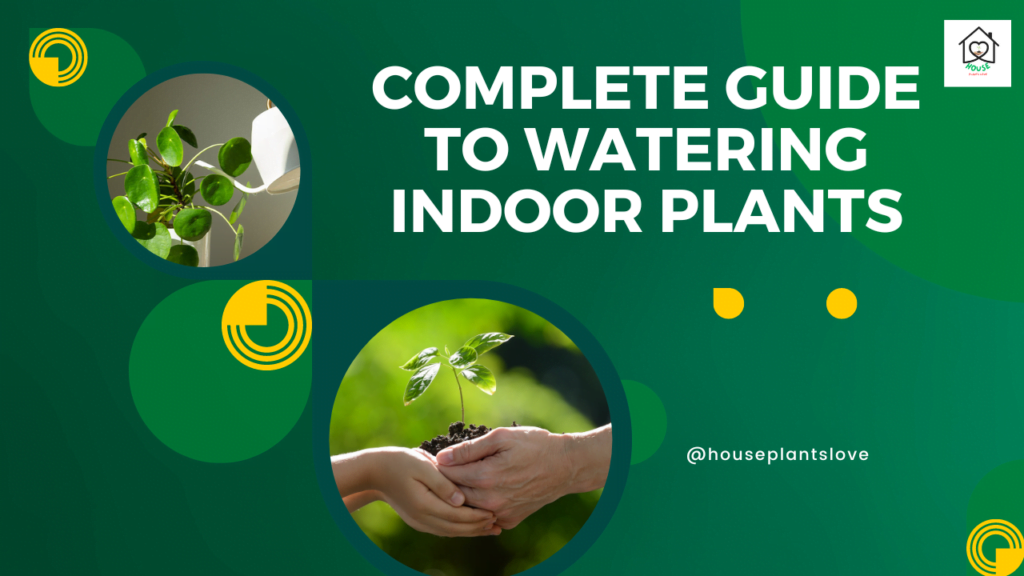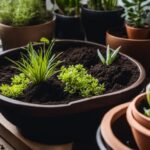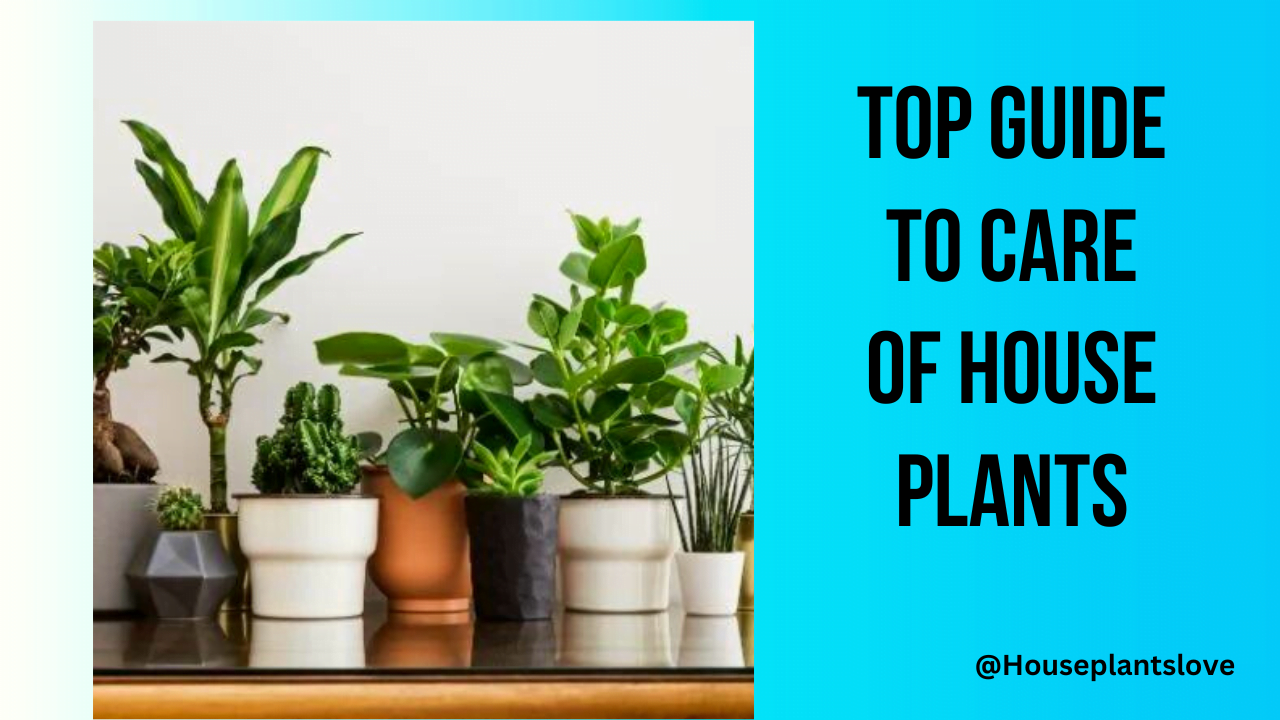Indoor plants bring a touch of nature and beauty to your living spaces, but ensuring their well-being requires a fundamental understanding of how to water them properly. While some plants are forgiving when it comes to watering, others are more sensitive to moisture levels. In this comprehensive guide, we’ll give into the essential aspects of watering your indoor plants and Guide to Care of Houseplants to help you foster a thriving indoor garden.

How often should you water your plants?
The frequency of watering your plants will depend on a number of factors, including the type of plant, the size of the pot, the climate, and the amount of light the plant is receiving. However, a good rule of thumb is to water your plants when the top two inches of soil feel dry.
Here are some general guidelines for watering indoor plants:
- Succulents and cacti: These plants need to be watered very infrequently. Only water them when the top inch or two of the soil dries out.
- Tropical plants: These plants need to be watered more often, especially during the summer months. Water them when the top inch or two inches of the soil feels dry out.
- Foliage plants: These plants fall somewhere in between succulents and tropical plants. Water them when the top two inches of soil feel dry.
Research the specific needs of each plant to tailor your watering schedule accordingly. The best way to determine how often to water your plants is to check the soil regularly.
How should you water your houseplants?
The best way to water your houseplants is to water the soil, not the leaves. This will help to prevent the leaves from getting waterlogged and rotting.
There are two main methods for watering indoor plants:
- Top watering: This is the most common method. Simply pour water over the soil until it starts to drain out of the bottom of the pot.
- Bottom watering: This method is less common, but it is more effective for preventing overwatering. To bottom water, place your plant in a shallow container of water and let it sit until the soil is saturated.
When is the best time to water your plants?
Morning is generally the ideal time to water your indoor plants. This allows the plants to absorb moisture during the day when they’re actively growing.
Watering in the evening can lead to prolonged moisture on leaves, making plants more susceptible to fungal diseases.
Signs of Overwatering Your Plants
If your plant is overwatered, you may notice the following signs:
- Yellow or brown leaves
- Mushy stems
- Root rot
- Soggy soil
If you see any of these signs, it is important to take action immediately to prevent your plant from dying.
What should you do if you’ve overwatered your plant?
Overwatering can suffocate the roots and lead to root rot. If you notice wilting, yellowing leaves, or a musty odor, it’s likely your plant has been overwatered. the first thing you should do is check the soil. If the soil is soggy or wet, you will need to take steps to dry it out.
Here are a few things you can do:
- Remove the plant from the pot and let it sit in a dry place for a few hours.
- Allow the soil to dry out completely before watering again.
- Poke holes in the bottom of the pot to improve drainage.
- Remove the plant from the soggy soil, trim away any rotten roots, and replant it in fresh, well-draining soil.
- Repot the plant in a pot with better drainage.
- If the leaves of your plant are already starting to wilt, you can try to revive them by misting them with water or placing them in a humid environment.
- Use a moisture meter to help you determine when to water your plant.
- Avoid overwatering in the future.
Signs of underwatering
If your plant is underwatered, you may notice the following signs:
- Wilting leaves
- Drooping stems
- Dry soil
- Brown leaf tips
- Leaf drop
If you see any of these signs, it is important to water your plant immediately.
What should you do if you’ve under-watered your plant?
If you realize you’ve been neglecting your plant’s water needs, give it a thorough watering. Place the pot in a tray filled with water and let it soak up moisture from the bottom. However, avoid leaving the plant in standing water for an extended period, as this can lead to root rot.
Once you have watered your plant, you will need to monitor it closely to make sure it does not start to wilt again.
Solutions for forgetful waterers
If you are a forgetful waterer, there are a few things you can do to make sure your plants don’t dry out:
- Use a moisture meter: This will help you to determine when your plants need to be watered.
- Set a reminder on your phone to water your plants on a regular basis.
- Invest in a self-watering pot: This type of pot has a reservoir that will slowly release water to your plant, even when you forget to water it.
- Grouping plants with similar water requirements can also help simplify your care routine.
By following these tips, you can help to keep your indoor plants healthy and thriving.




